The best attractions in every Australian state
Star attractions state by state
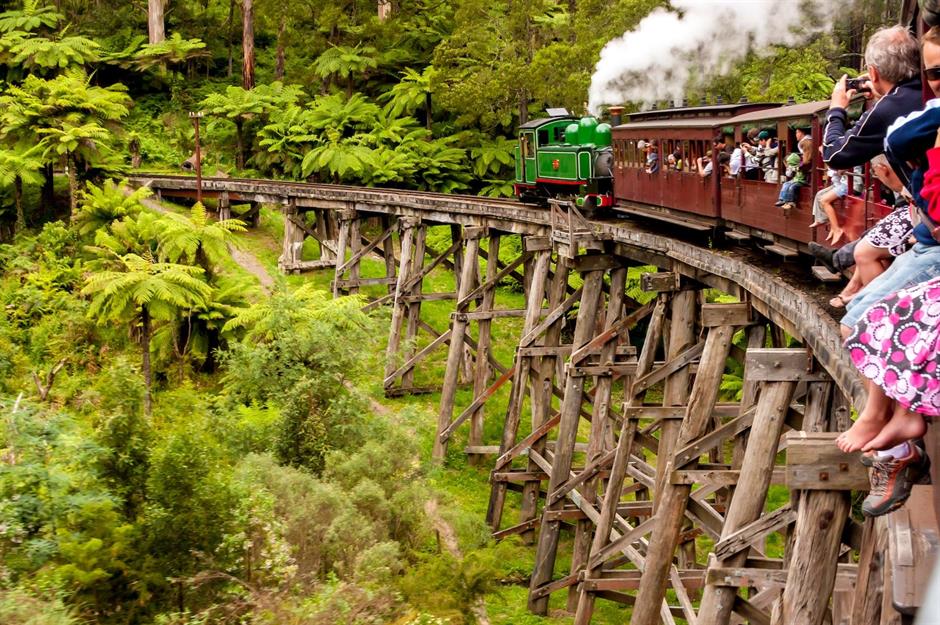
Vast, varied and full of surprises, Australia is home to some truly incredible places – but where should you begin? From national parks and nature reserves teeming with unique wildlife to world-class cultural institutions and unique art spaces, we've rounded up must-see attractions in every Australian state and territory.
Click through this gallery to see the best attractions in Australia, state by state...
Australian Capital Territory: National Museum of Australia, Canberra
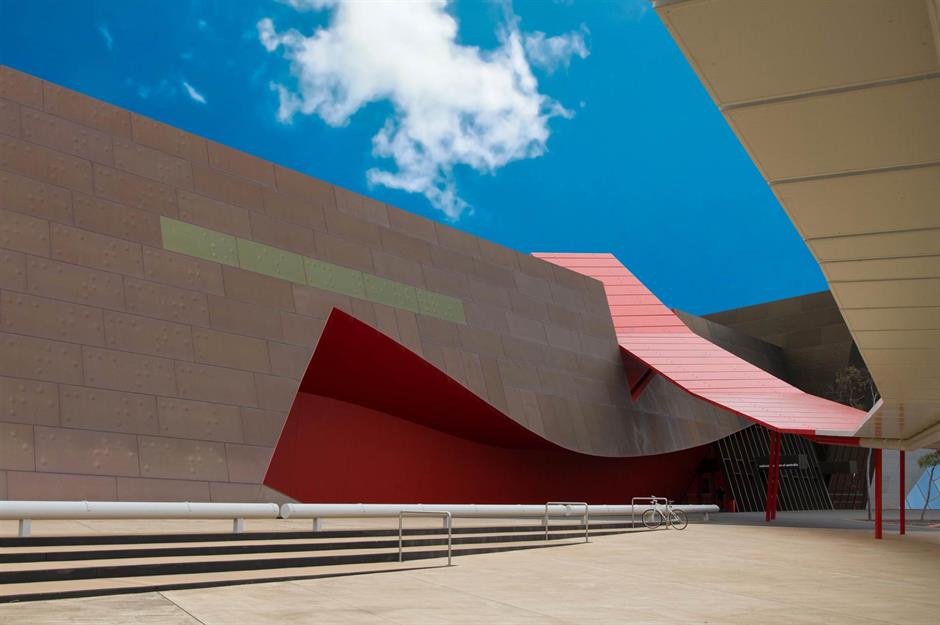
Canberra is packed with cultural institutions, but the National Museum of Australia arguably offers the best introduction to the country's rich history and diverse cultures.
Overlooking Lake Burley Griffin, this architecturally striking museum houses free-to-enter permanent exhibitions First Australians, which explores 65,000 years of Indigenous history, and the National Historical Collection, featuring over 250,000 objects from Australia’s history.
Australian Capital Territory: National Arboretum Canberra, Canberra
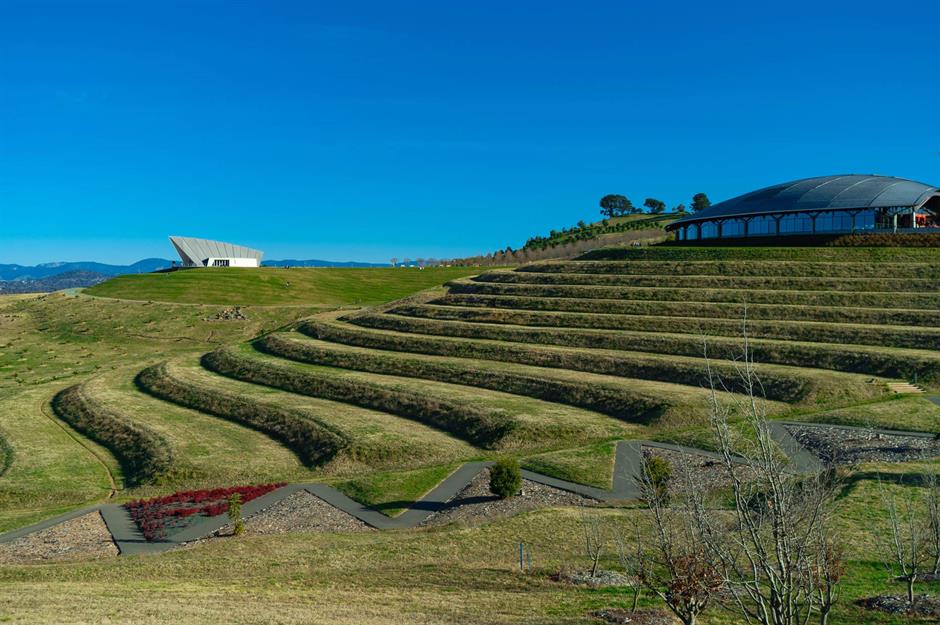
Free to enter, this tranquil space is home to the world’s largest living collection of rare and endangered trees, with around 44,000 specimens representing species from across Australia and beyond.
Set just outside Canberra at the western end of Lake Burley Griffin, the arboretum features scenic walking and cycling trails, peaceful picnic spots and family-friendly highlights like the imaginative POD Playground and the Forest Sculpture Gallery.
Australian Capital Territory: Mulligans Flat Woodland Sanctuary, Gungahlin
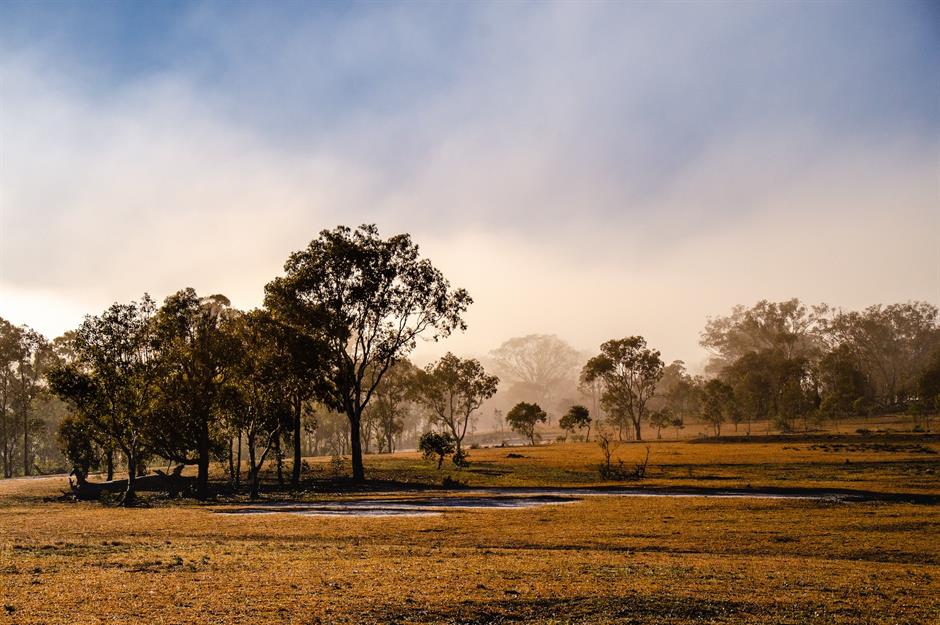
Ranger-led tours offer a chance to spot once-lost species like the shingleback lizard, New Holland mouse and short-beaked echidna – now thriving in this woodland sanctuary northeast of Canberra.
Adjoining the Goorooyarroo Nature Reserve, it forms Australia's largest box-gum grassy woodland managed for conservation. It is also the only one free from invasive species like foxes, rabbits and deer.
New South Wales: Sydney Harbour National Park
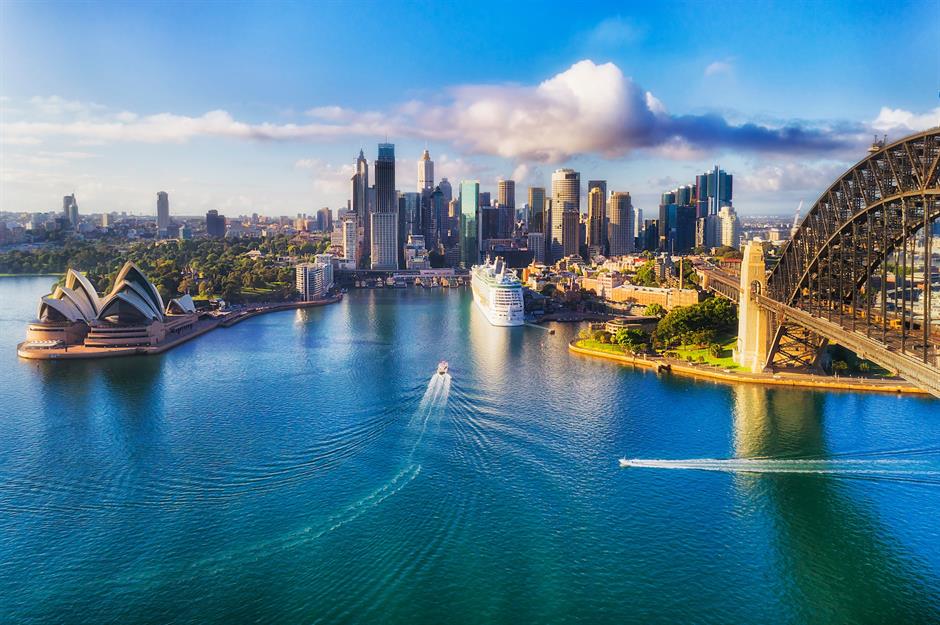
Sydney Harbour National Park features some of the city’s most iconic sights and scenery – from the arched steel bridge and Opera House sails to historic island fortifications, lush botanic gardens and elegant waterfront homes.
Hop on a ferry from Circular Quay to take it all in, stopping to swim in secluded coves or follow trails through pockets of subtropical rainforest and native bush. Or simply sit back and soak up one of the world’s most stunning skylines as you glide across the water.
Follow us on Facebook for more travel news, features and inspiration
New South Wales: Jervis Bay National Park
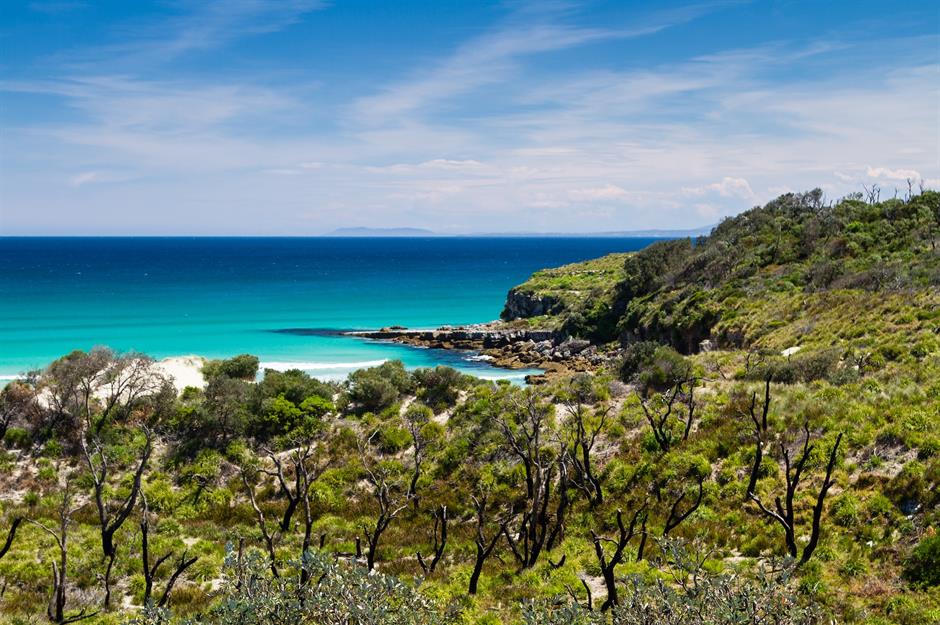
With bone-white sands, aquamarine waters and a forested backdrop, Jervis Bay National Park is one of coastal New South Wales’ most spectacular spots. Around three hours south of Sydney, it’s home to a string of idyllic beaches – with Greenfield and Hyams among the standouts.
Explore walking tracks through rainforest, wetlands and coastal scrub, or join a boat tour around Jervis Bay Marine Park. The waters teem with wildlife, from bottlenose dolphins and fur seals to fairy penguins – and in winter, migrating humpback whales.
New South Wales: Scenic World Blue Mountains, Katoomba
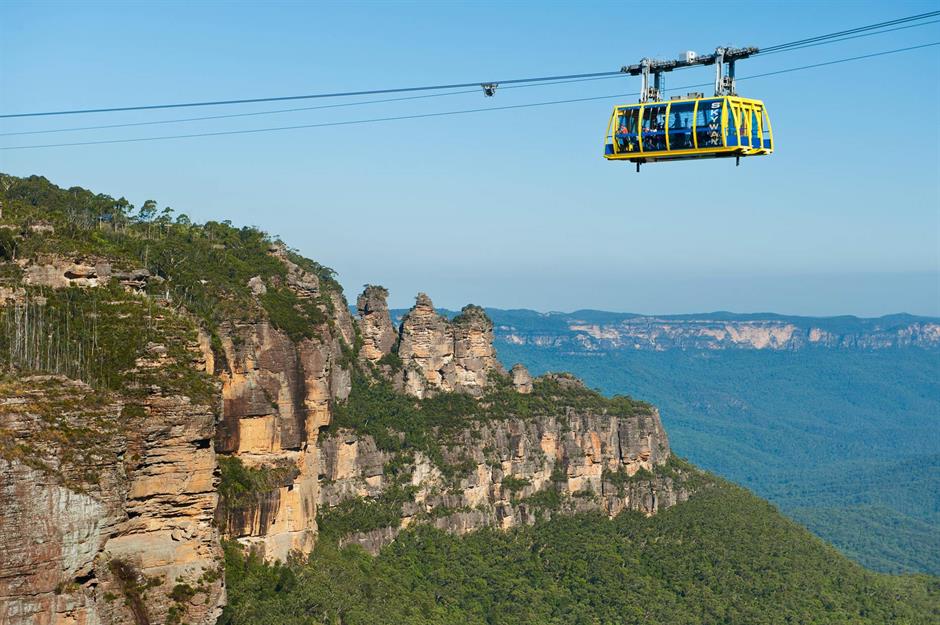
With towering cliffs, deep valleys and cascading waterfalls, the Blue Mountains are vast, spiritual and spectacular. Before exploring the trails, stop by Scenic World in Katoomba – a hit with families.
Glide over the forest on a glass-bottomed gondola, ride the world’s steepest railway into the valley and take in the views from the Scenic Cableway. An Unlimited Discovery pass gives you access to all three, as often as you like.
Northern Territory: Alice Springs Desert Park, Alice Springs
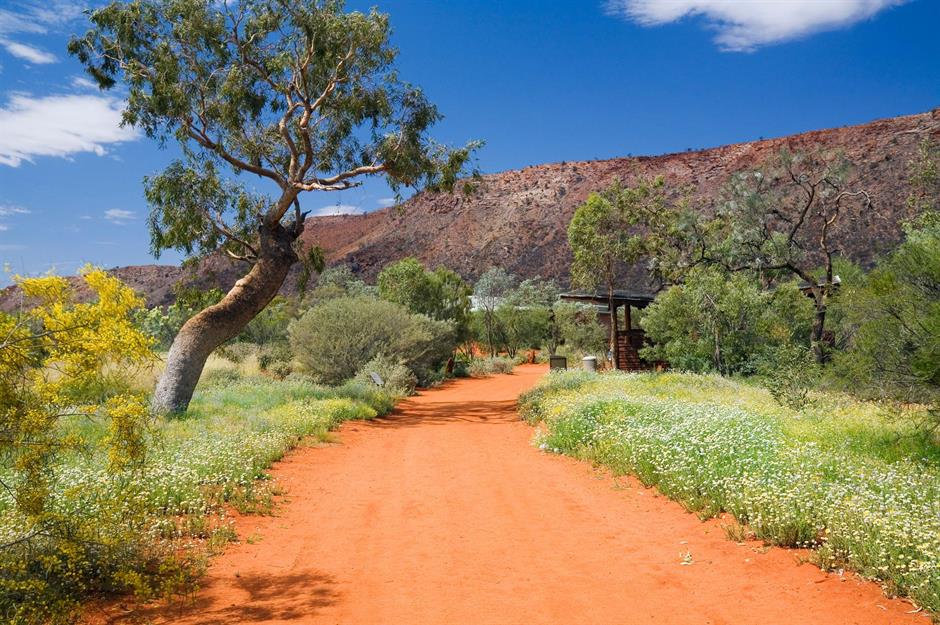
Just outside Alice Springs, this park offers a fascinating introduction to the Red Centre’s surprisingly rich wildlife. Spanning three desert habitats – river, woodland and sand country – it is home to endangered species including the thorny devil, bilby, ghost bat and stick-nest rat.
Daily guided tours reveal desert secrets and showcase traditional Arrernte bush foods and medicines. Watch free-flying birds of prey in action, or join a nocturnal tour to spot the park’s night-time residents. Visiting by day? The Nocturnal House offers a glimpse into what stirs after dark.
Northern Territory: Spectacular Jumping Crocodile Cruise, Adelaide River

Run by an Indigenous-owned company, this hour-long Adelaide River tour guarantees sightings of enormous saltwater crocodiles launching from the water, with expert guides offering insight into the world’s largest reptiles.
As you cruise the floodplain, keep an eye out for white-bellied sea eagles, whistling kites, freshwater crocs and, if you're lucky, glimpses of the endangered speartooth shark and critically endangered largetooth sawfish.
Northern Territory: Field of Light, Uluru-Kata Tjuta National Park
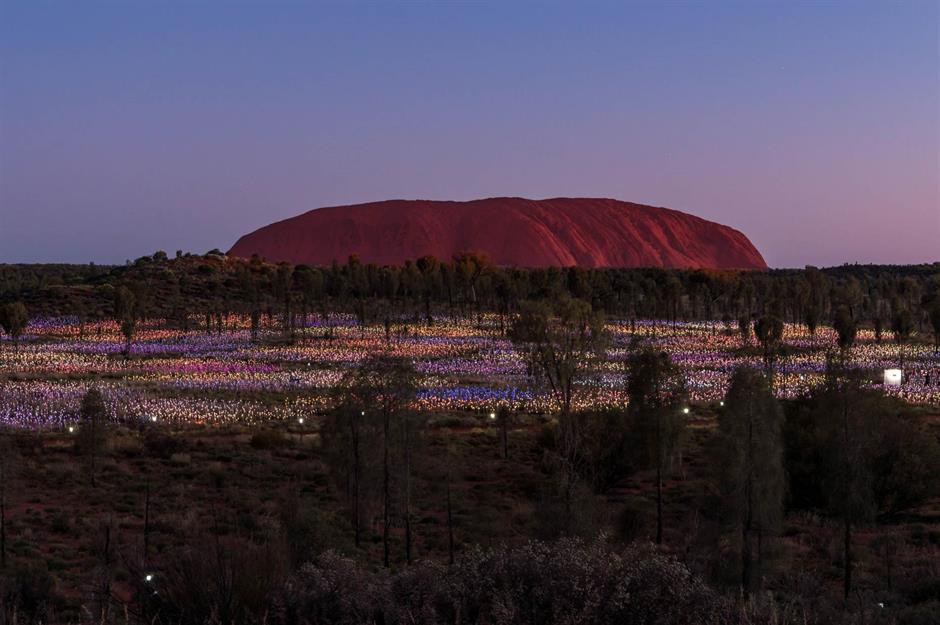
Sunset at Uluru is unforgettable, but the magic doesn’t end when night falls. Field of Light, an immersive art installation, transforms the desert with a meadow of fibre optic blooms spread across an area the size of seven football pitches.
Originally a temporary display, the popular experience has been extended until April 2027. Opt for the Field of Light Star Pass for canapés, a drink and access to a dune-top platform with views of Uluru’s silhouette – then stroll among the glowing lights for a closer look.
Queensland: Lone Pine Koala Sanctuary

Is spotting a koala at the top of your Aussie wishlist? Don’t leave it to chance – head to the world’s oldest and largest koala sanctuary, set in 60 hectares of bushland just outside Brisbane.
Home to over 100 koalas, including both northern and southern subspecies, the sanctuary also hosts 75 other native species, from wombats to wallabies – and you can even hand-feed kangaroos.
Queensland: Daintree National Park
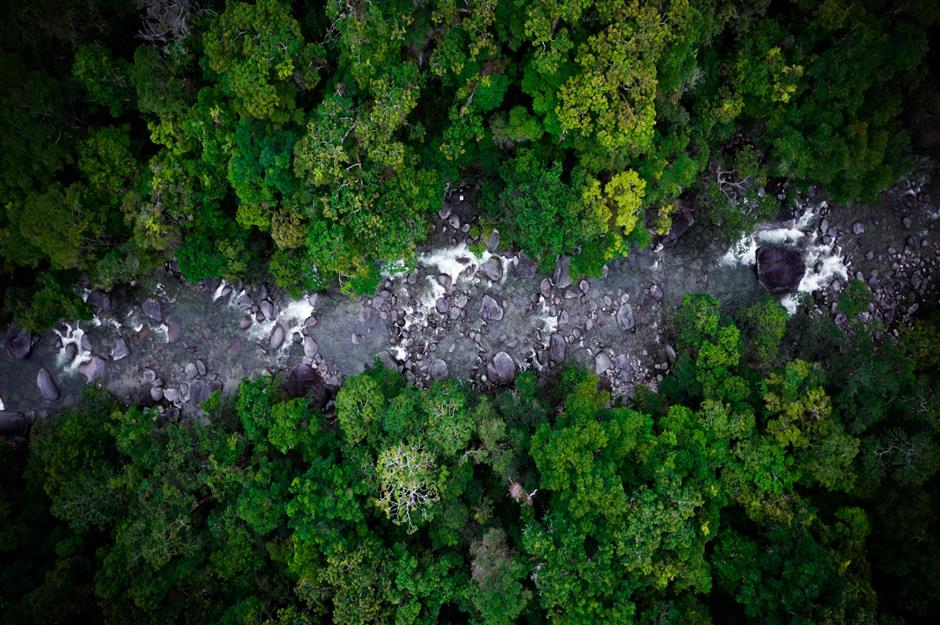
The Daintree is the world’s oldest continually surviving tropical rainforest – and one of its most beautiful. Cruise the river to spot sunbathing crocs, join guided bushwalks through lush landscapes and learn about the ancient traditions of the Eastern Kuku Yalanji people.
Indigenous guides can also lead you to secret swimming spots. For a true sense of the rainforest’s timeless beauty, head north to Cape Tribulation, where empty beaches meet untouched jungle.
Queensland: Museum of Underwater Art, Townsville
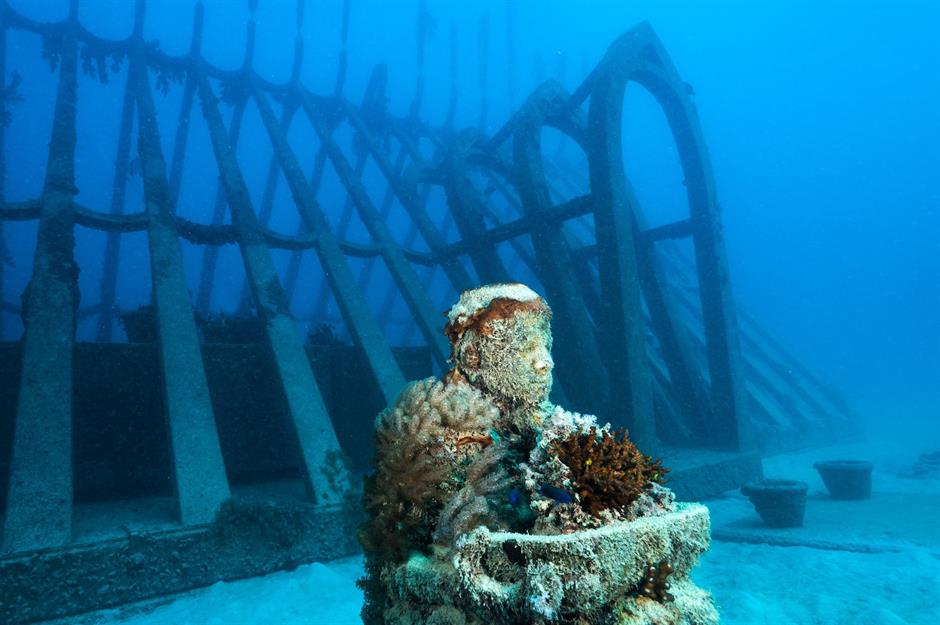
The Great Barrier Reef is one of the world’s natural wonders – and at John Brewer Reef, off the coast of Townsville, a submerged gallery brings its stories to life, featuring dozens of sculptures that highlight the reef’s ecological value and its cultural ties to First Nations peoples.
Whether you dive, snorkel or freedive, you can explore these underwater artworks, which also serve a practical purpose: supporting coral regeneration and providing vital habitats for marine life.
South Australia: Adelaide Oval, Adelaide

The Adelaide Oval is a must-visit for cricket fans and a top spot for sports lovers in general. Catch a test match or AFL game if you can, or join a guided tour to explore the stadium’s history.
You’ll step inside the 1911 hand-operated scoreboard, visit the players’ changing rooms and walk the same paths as sporting greats. Don't miss the Bradman Collection, showcasing the legendary batsman’s personal memorabilia.
South Australia: Flinders Chase National Park, Kangaroo Island
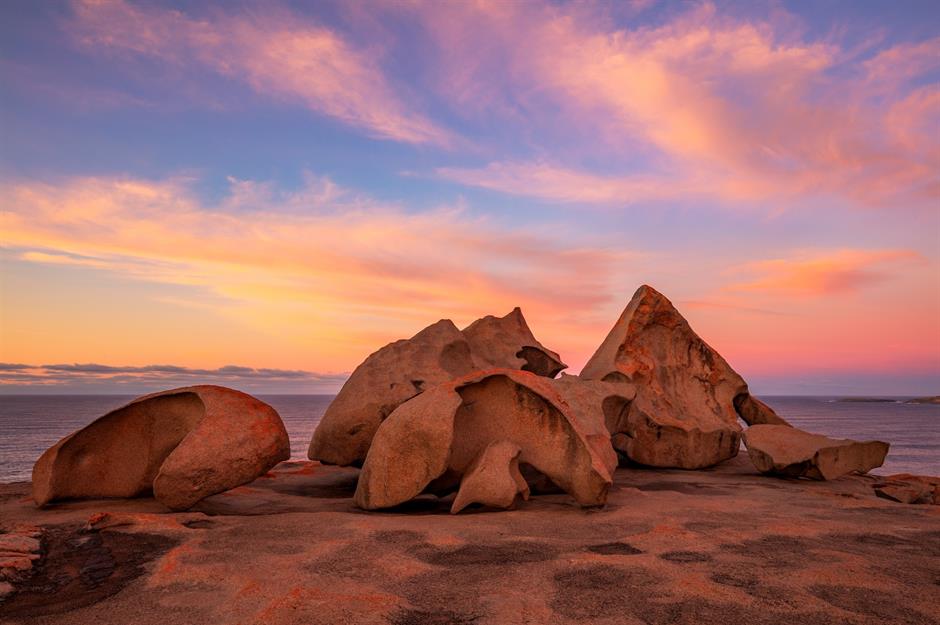
Perched above the Southern Ocean, the sculpted granite of Remarkable Rocks is just one highlight of Flinders Chase National Park, which covers the island’s wild western edge. Another is Admirals Arch at Cape du Couedic, home to a colony of long-nosed fur seals.
Bushwalking trails wind along clifftops, down to white-sand beaches and surf-lashed bays. From mid-May to late October, the coast is also a prime spot for whale watching – with southern right whales most common, though humpbacks, blue whales and even orcas sometimes appear.
South Australia: Coober Pedy, Outback
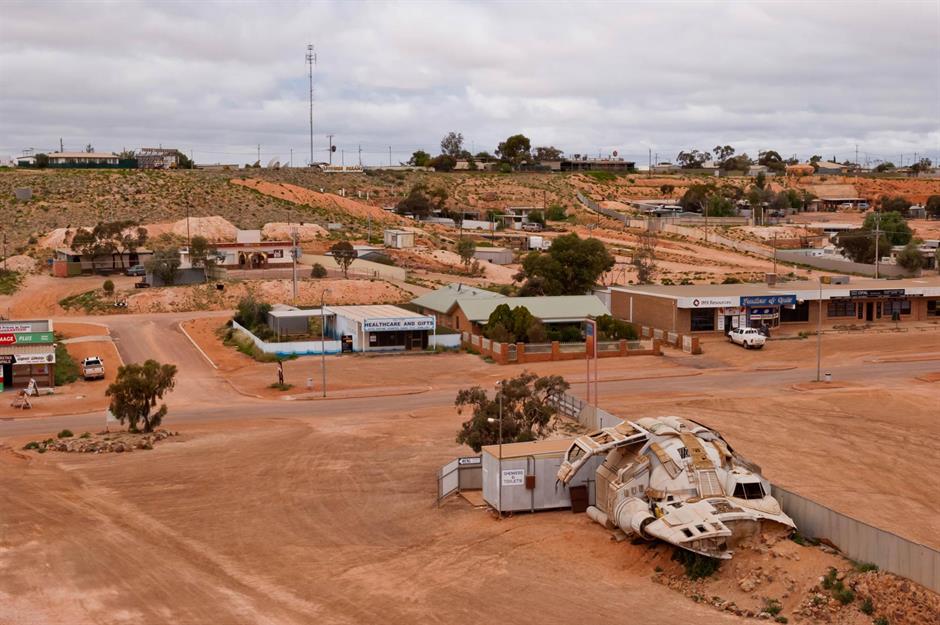
Bizarre, brilliant and completely unforgettable, Coober Pedy is one of Australia’s most unique outback towns. Set in the remote South Australian desert, locals have taken life underground to escape the brutal heat. Homes, churches, shops and even hotels are carved into the rock, creating a subterranean world.
Above ground, visitors can try their luck fossicking for opals – the gem that first drew people here in the early 20th century – or explore the otherworldly Breakaways, a stark, ancient landscape that looks like the surface of Mars.
Tasmania: Cradle Mountain–Lake St Clair National Park
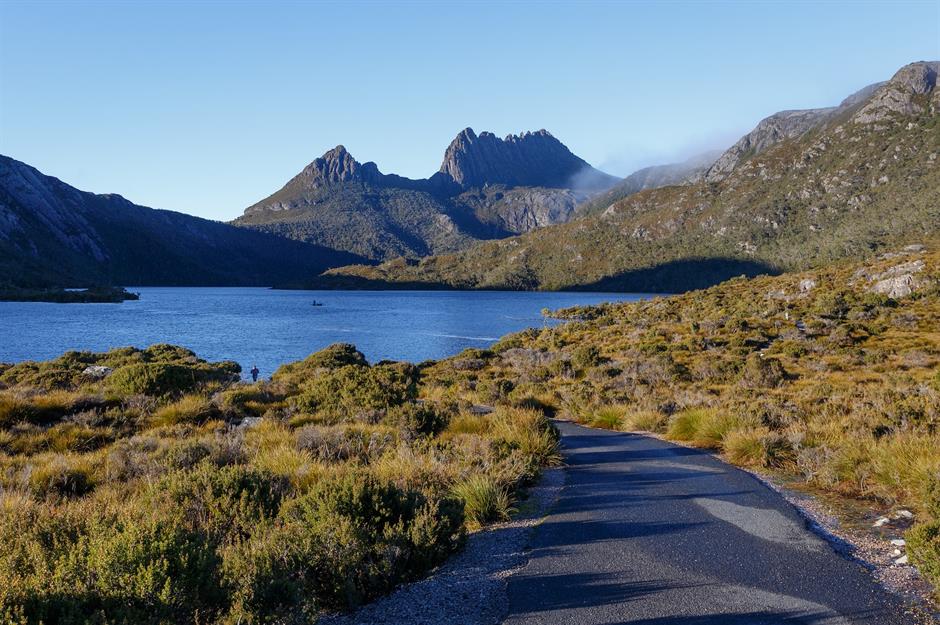
The crown jewel of Tasmania’s wilderness, this UNESCO-listed landscape offers some of the island’s most striking scenery. Walk the Dove Lake circuit for mirror-like views of the mountain’s distinctive silhouette, or tackle the Overland Track to experience its alpine beauty in full.
Wildlife lovers should tread quietly for the chance to spot wombats, echidnas, wallabies and quolls. For a guaranteed encounter with the iconic Tasmanian devil, visit Devils@Cradle – a nearby conservation sanctuary.
Tasmania: West Coast Wilderness Railway, Strahan
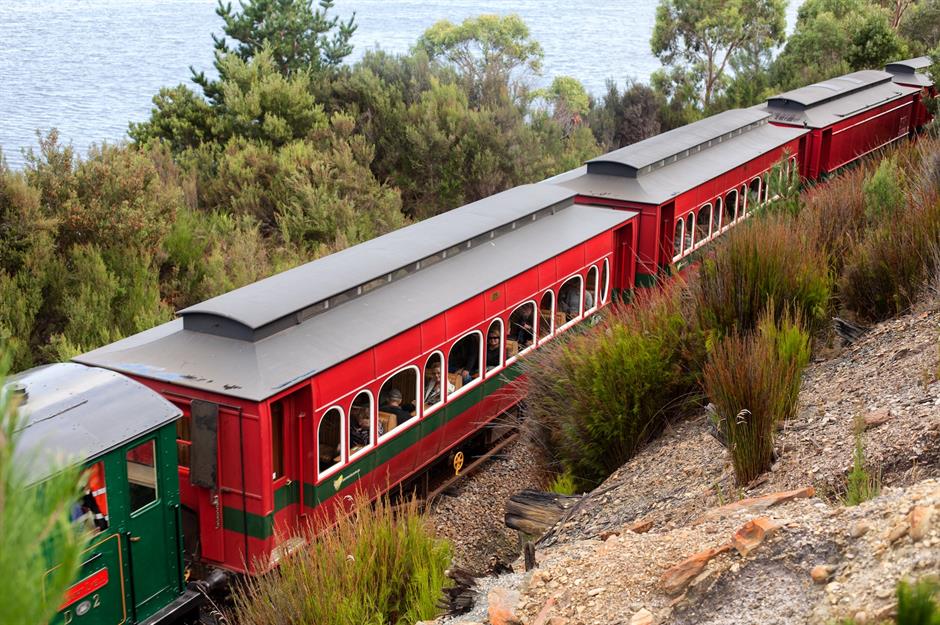
Travel deep into Tasmania’s wild west coast aboard this heritage railway. Departing from Strahan or the old mining town of Queenstown, the two-and-a-half-hour Teepookana and the King journey follows the King River through lush temperate rainforest.
Along the way, hear stories of the pioneers who built the line through this rugged landscape, take a short forest walk and sample local honey. Full-length trips (22 miles/35km) are currently paused for upgrades to the more remote sections.
Tasmania: Port Arthur Historic Site, Tasman Peninsula
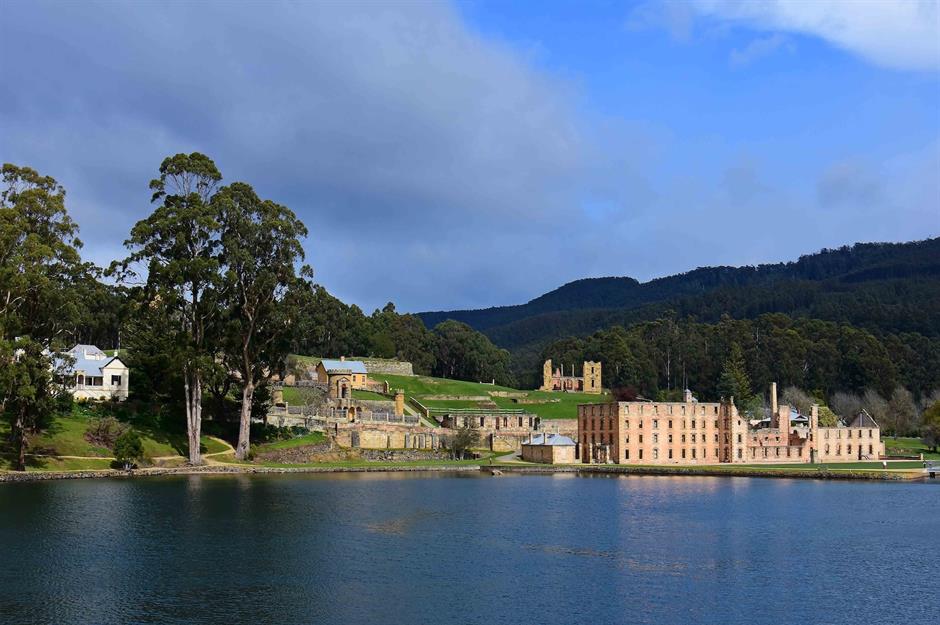
With its dark past and dramatic setting, Port Arthur Historic Site is one of Tasmania’s most powerful and popular attractions. Part of the UNESCO-listed Australian Convict Sites, it’s the country’s most famous penal settlement.
Spend a day exploring the haunting ruins scattered across the Tasman Peninsula, and join a guided tour to uncover stories of the 12,500 convicts and workers who once lived here. For those feeling brave, there are ghost tours – and cruises to the eerie cemetery island offshore.
Victoria: Puffing Billy Railway, Belgrave
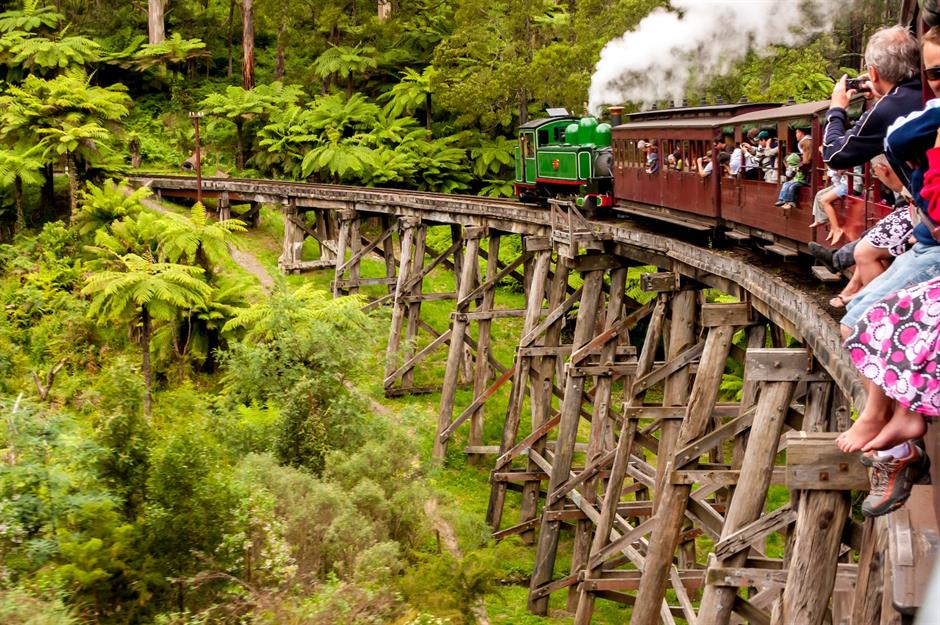
One of Victoria’s most charming heritage rides, Puffing Billy chugs through the rolling hills and towering gums of the Dandenong Ranges, its open-side carriages offering serious views.
Dating back to 1900, the railway was originally built to connect isolated communities – today, it’s a much-loved day trip from Melbourne. For the best seat in the house, book a spot on the carriage sill and let your legs swing as you coast over creeks, farmland and that famous timber trestle bridge.
Victoria: Queen Victoria Market, Melbourne
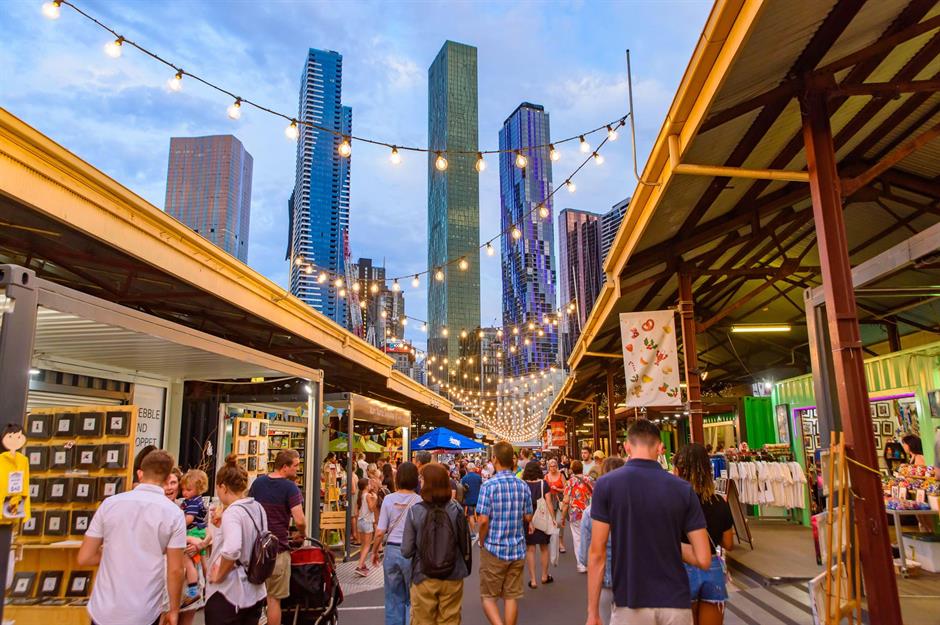
Melbourne’s dining scene is legendary, and for 140 years the Queen Victoria Market has been at its heart. This 19th-century marketplace is packed with local produce, global street food and much-loved eateries.
Join a guided tour for tastings and trader meet-and-greets, or simply graze as you wander. In summer, a lively night market takes over on Wednesdays, complete with street eats and live music.
Victoria: Penguin Parade, Phillip Island
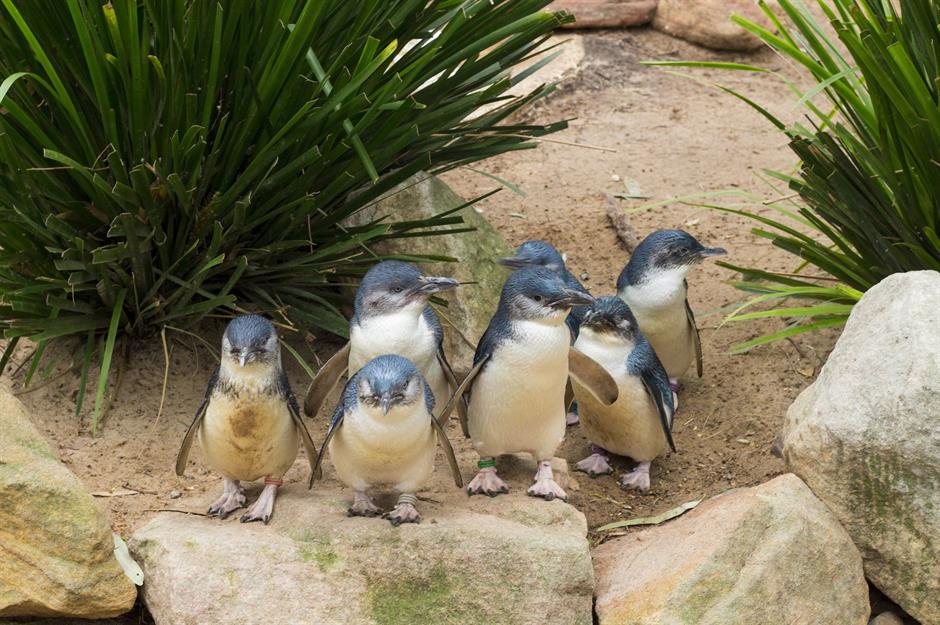
With its beaches and wineries, Phillip Island is a favourite weekend escape for locals – but it’s the tiny fairy penguins that steal the show. Each evening, thousands waddle ashore in the famous penguin parade at Summerland Beach. Viewing platforms and boardwalks offer a close (but respectful) look, with various ticket options available.
Western Australia: Kings Park, Perth
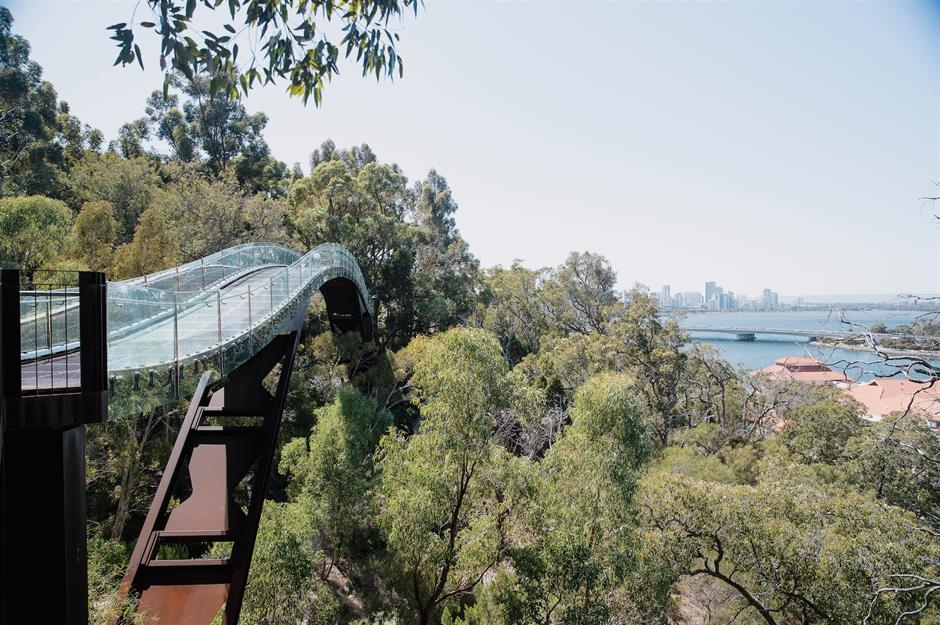
Inner-city bushwalking doesn’t get much better than the trails winding through Perth’s Kings Park. This vast green space is rich in native flora and fauna, with sweeping views over the city and Swan River.
There are play areas, cafés and the excellent Western Australian Botanic Garden, home to rare species, a 750-year-old boab tree and a treetop walkway. Guided tours and cultural experiences offer insight into the Noongar people, the traditional custodians of this land.
Western Australia: Nambung National Park, Cervantes
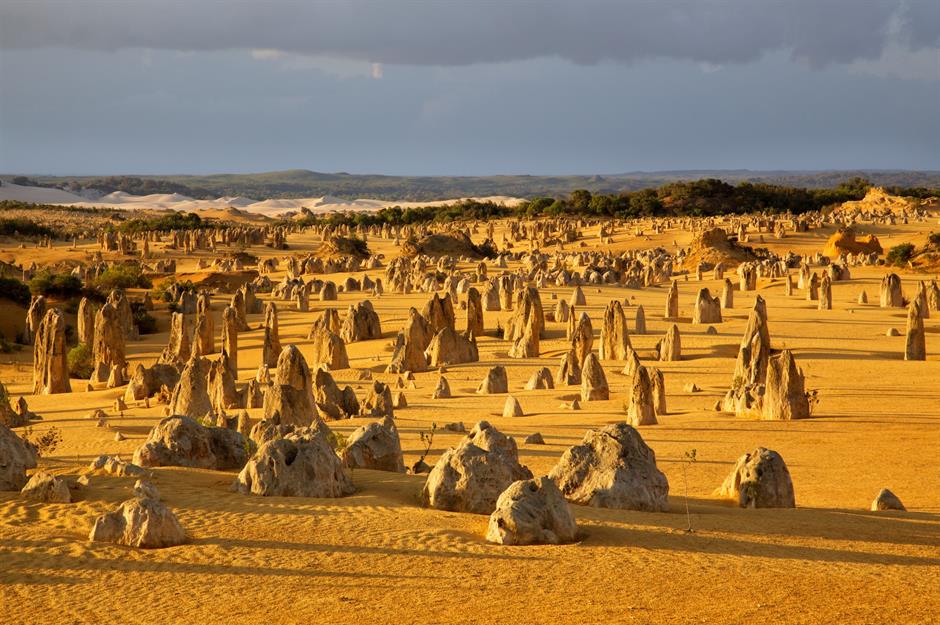
The Pinnacles, Western Australia’s second most visited attraction outside Perth, have fascinated people for millennia. Formed 25,000 to 30,000 years ago from ancient seashells, these eerie limestone spires rise from the desert about two hours north of the city.
The landscape is especially striking at dawn or dusk, when long shadows and golden light transform the scene. Stick around at sunset and you might spot emus and kangaroos roaming among the rocks.
Western Australia: Busselton Jetty, Busselton
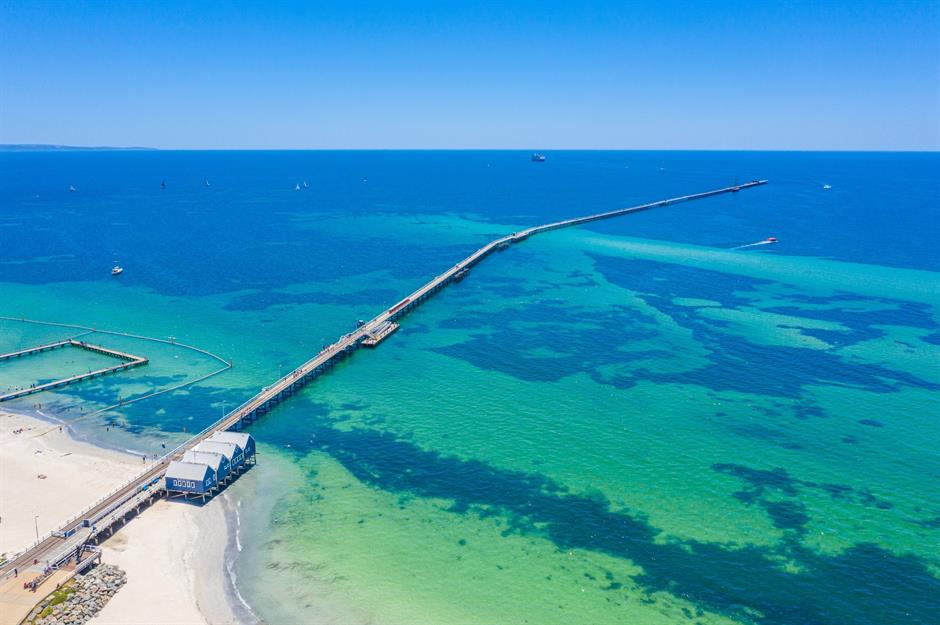
Stretch your legs on the heritage-listed Busselton Jetty as it stretches into the turquoise waters of Geographe Bay. This 19th-century landmark is the longest timber jetty in the southern hemisphere, running a mile (1.8km) out to sea.
Walk it in 25 minutes or hop on the jetty train. A day pass covers walking, fishing, diving or swimming, while an extra fee gets you into the Underwater Observatory, 26 feet (8m) below the surface. Scuba divers can also explore an underwater sculpture trail featuring 13 works by WA artists.
Now see how much Australia's most beloved landmarks have changed over time
Comments
Be the first to comment
Do you want to comment on this article? You need to be signed in for this feature